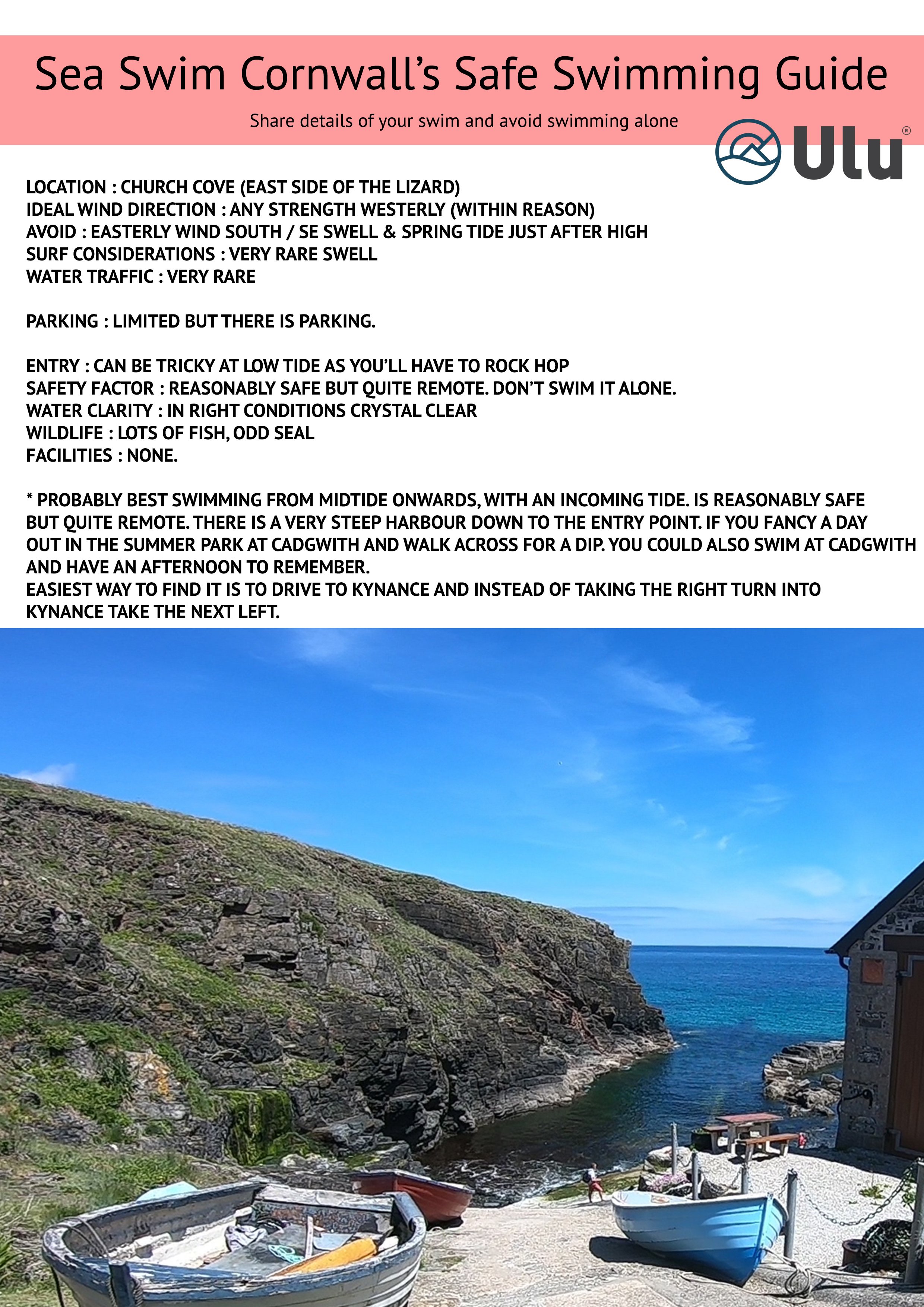HOW TO CHANGE UP YOUR POOL SWIMMING
Firstly, structure a session. Don’t simply swim your standard number of length. This sounds complicated but it really isn’t. You could simply divide you session up. Let’s take the 80 length swimmer. So…80 lengths is around 2000m / 2km or 40 lengths is 1000m / 1km - we’ll look at both.
So we’d start with a warm up. Idea being to warm the body and muscles up and get ready for harder swimming. I also like to add a few drills into the warm up. That way you’re warming up and practising your technique. *f/c is front crawl / you can find the drills below on youtube.
WARM UP :
2km swimmers : 100m f/c fist, 100 f/c catch up, 100 back, 100 f/c @ 80% (1 min rest before main set)
1km swimmers : 50m f/c fist, 50 f/c catch up, 50 back, 50 f/c @ 80% (1 min rest before main set)
Main set would be the main body of work, distance and effort during the session. The bulk of the session is typically front crawl but it’s also important to mix your strokes up.
MAIN SET :
2km swimmers : 4 x 200m as 150 f/c @ around 75% effort, with the last 50 choice of stroke @ 75%. 30 secs rest
1km swimmers : 6 x 75m as 50 f/c @ around 75% effort, with the last 25 choice of stroke @ 75%. 20 secs rest
(1 mins rest before kick session)
KICK : we’ll now do a leg kick session, with a kick board (kick float). This allows the upper body a rest, whilst still working the lungs, core and legs.
2km swimmers : 12 x 25m kick. First 6 f/c kick with board, last 6 back without board. 10 secs rest intervals
1km swimmers : 6 x 25m kick. First 3 f/c kick with board, last 3 back without board. 10 secs rest intervals
Sprints are your chance to increase the intensity and work on your speed. It’s less about endurance and technique and more about swimming faster, building lactic tolerance and putting your muscles and lungs under pressure.
SPRINTS :
2km swimmers : 6 x 50 alternating f/c and choice @ 90%. Going off a ‘set-time’ that should allow you between 30-40 secs rest between each
1km swimmers : 8 x 25 alternating f/c and choice @ 90%. Going off a ‘set-time’ that should allow you between 20-30 secs rest between each
The swim down allows you to stretch out and work out any lactic acid in the body, flood your system with a bit of oxygen.
SWIM DOWN :
2km swimmers : 100 f/c catch up, 100 single arm f/c
1km swimmers : 50 f/c catch up, 50 easy back
ARTICLE CONT…
I’ll also simply add that sessions are always more enjoyable when you swim with people, particularly people of roughly the same speed and ability and that short breaks in your session always make the session more socially enjoyable.
Best of luck swimming in the pool! If you want some session ideas sign up to our free newsletter. Simply wait for the pop-up sign up form to appear.




























